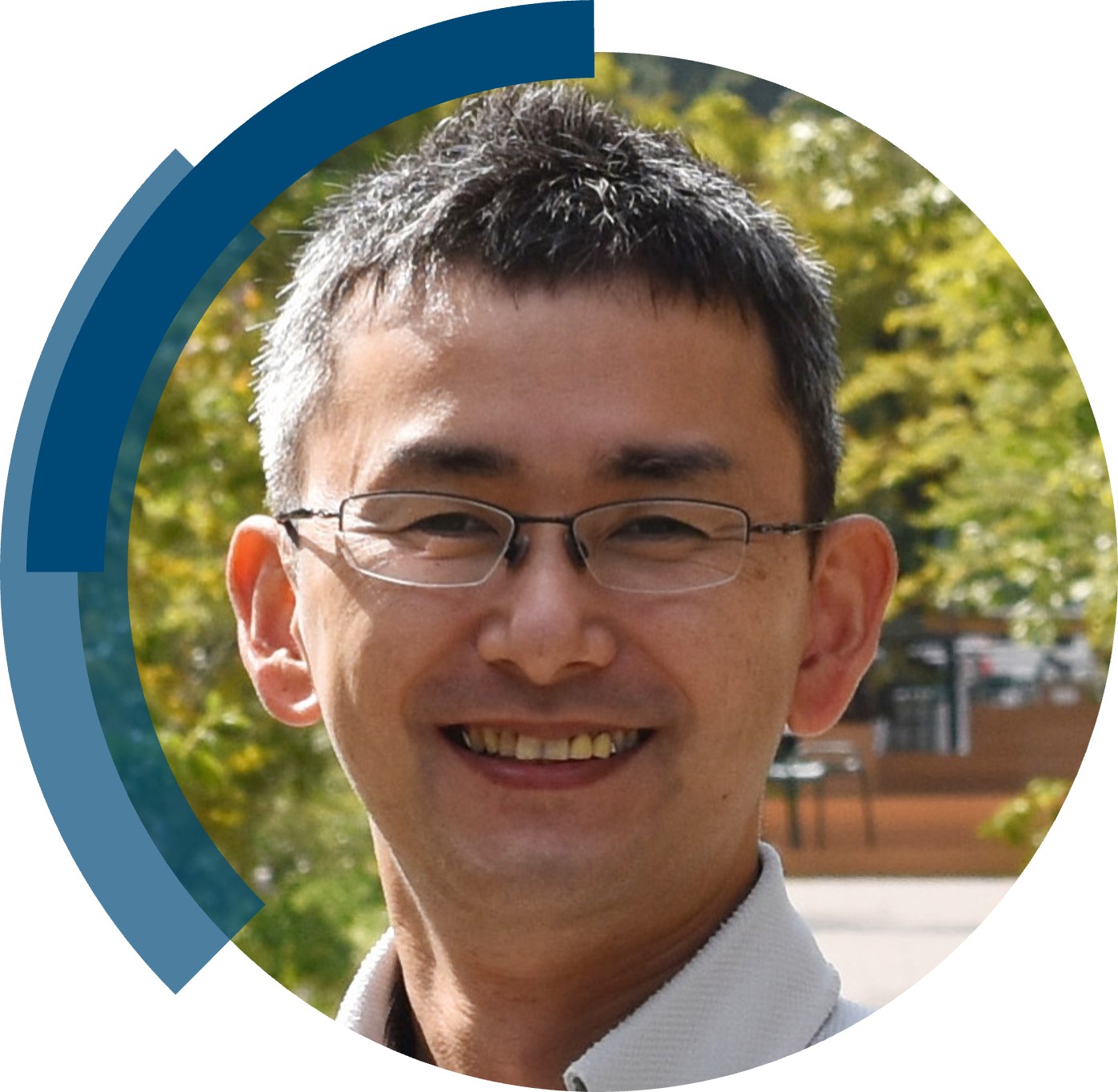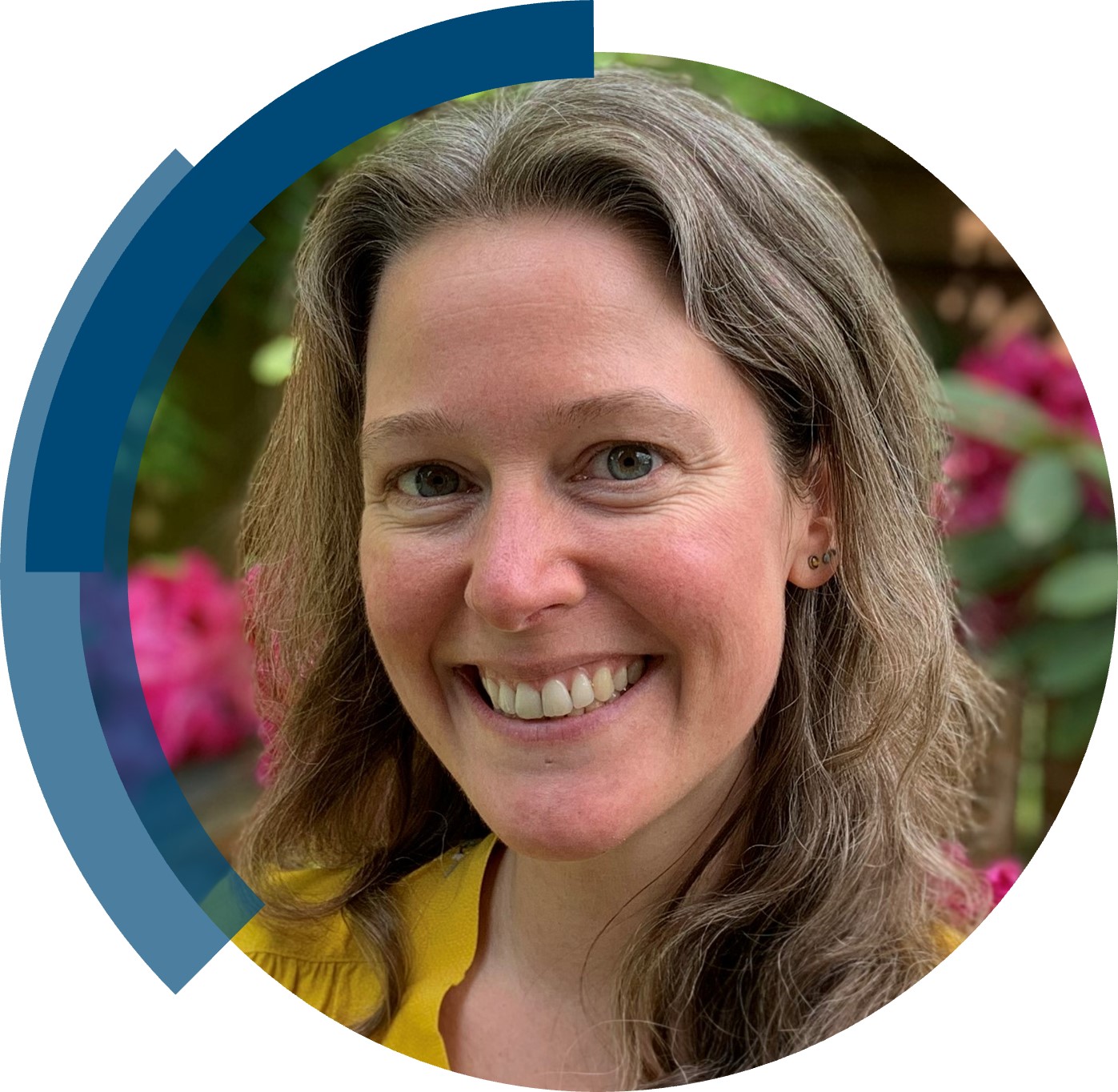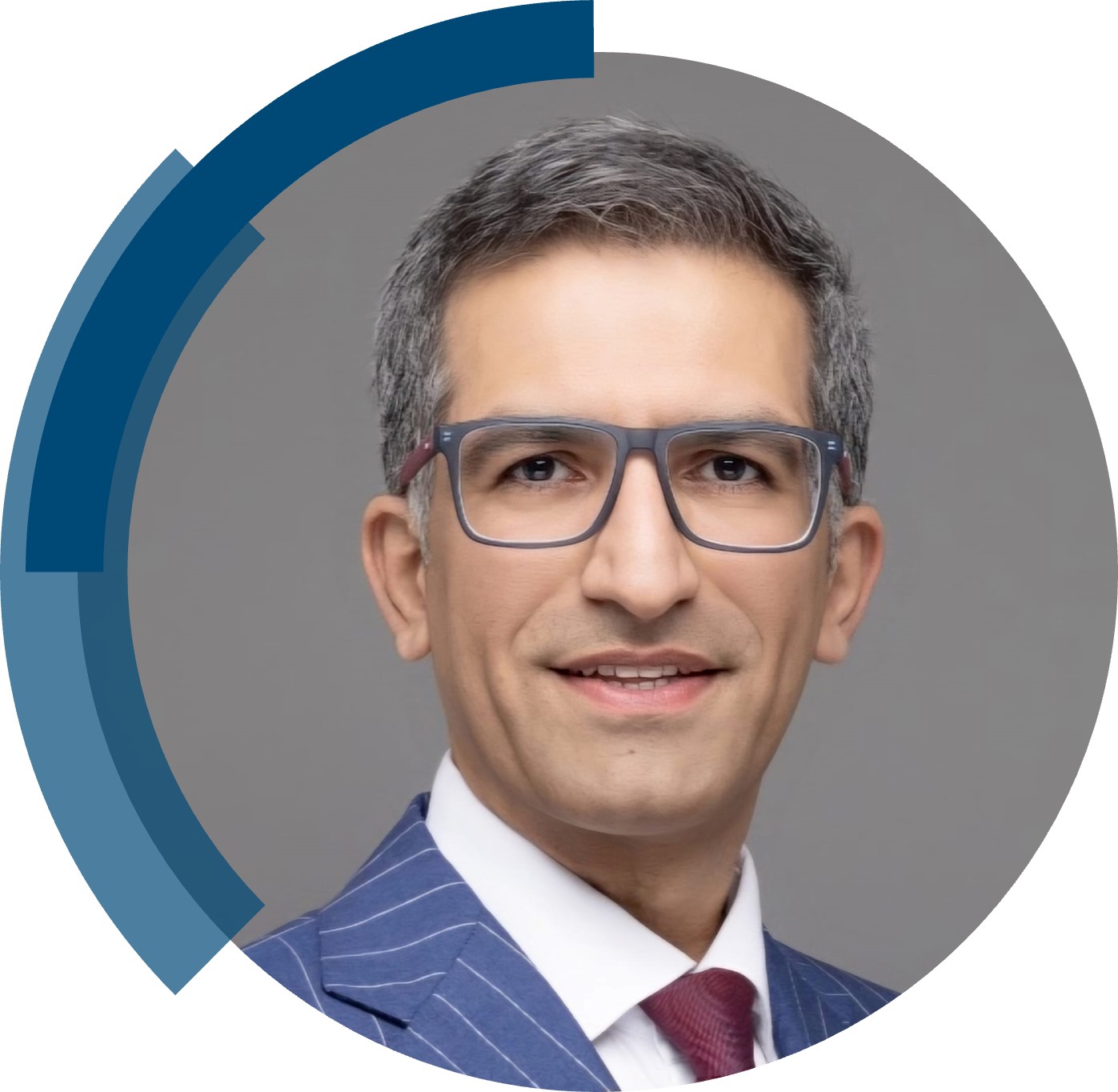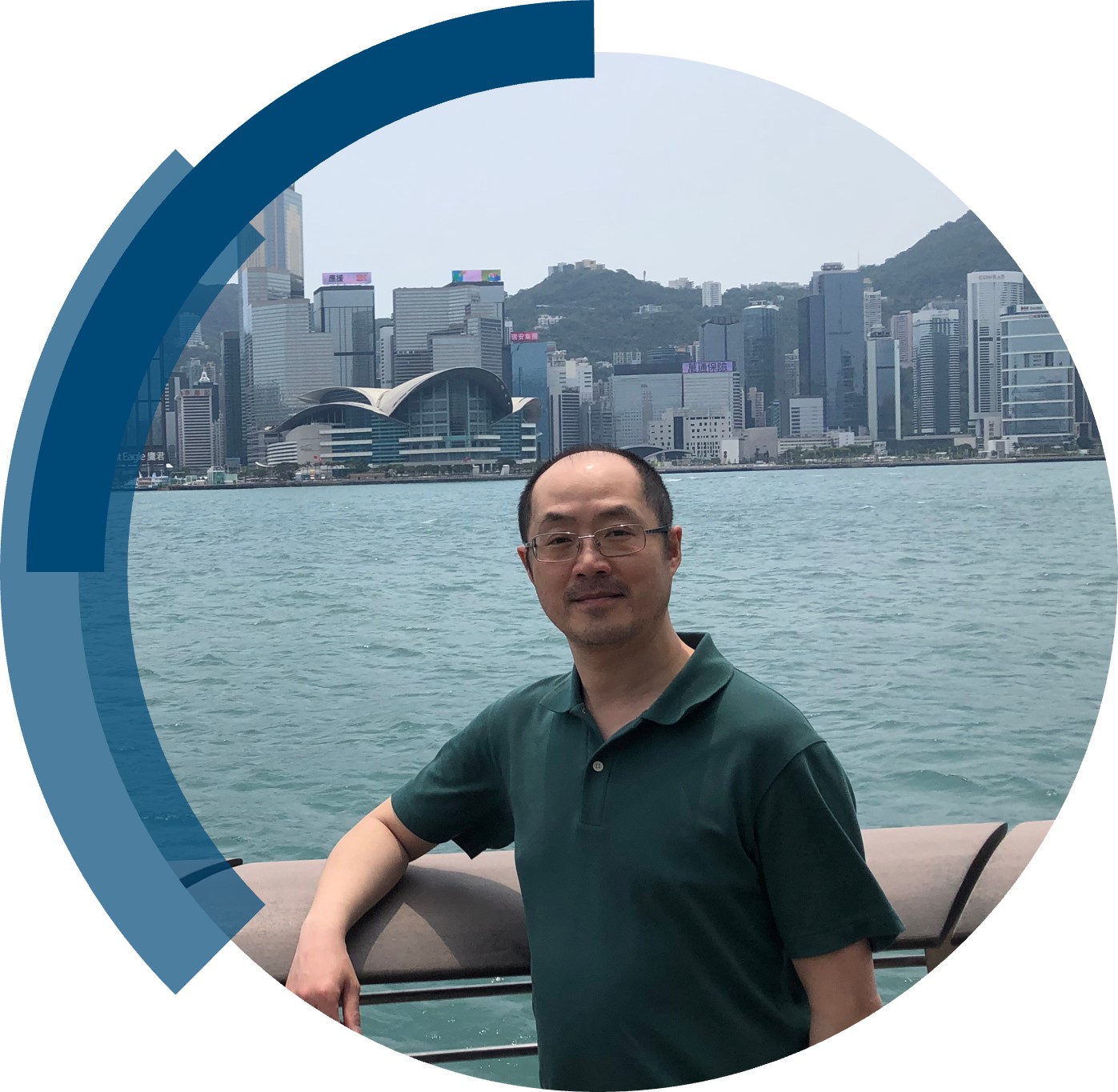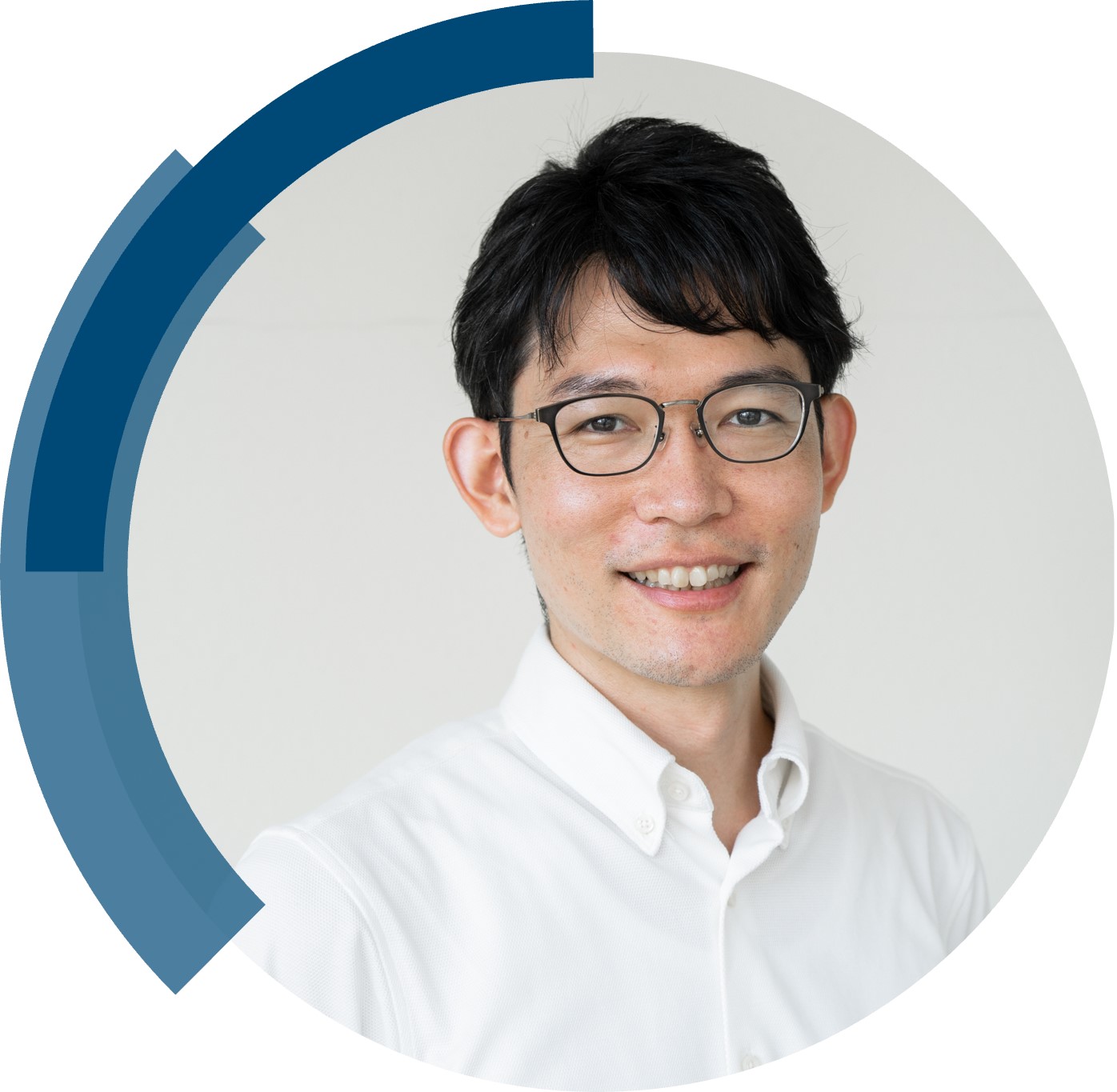ChemComm is publishing its 60th volume in 2024. Over the past 60 years, ChemComm has been the RSC’s most cited journal, and one of the most trusted venues for rapid publication of short communications. In our anniversary year, we recognise the important contributions ChemComm has made, and continues to make, in advancing the chemical sciences.
As part of our anniversary celebrations, we’ve brought together a collection featuring the latest research from some of our most loyal and dedicated authors. From those marking the beginning of their independent academic career by publishing their first article with us, to the rising stars and established leaders publishing in our yearly ‘Emerging Investigators’ and ‘Pioneering Investigators’ collections, this collection champions the contributions of our worldwide author community. We are proud many authors choose to support our journal by regularly publishing their best work with us. This collection also features papers from our ChemComm Emerging Investigator Lectureship winners, and our Outstanding Reviewer awardees, whose invaluable feedback has shaped our published content through the years.
To accompany the collection, we’ll be publishing interviews with contributing authors where they provide further insight into their research and reflect on their journey with ChemComm.
Check out our interview with Dr Chao Luo (University of Miami, USA) below!
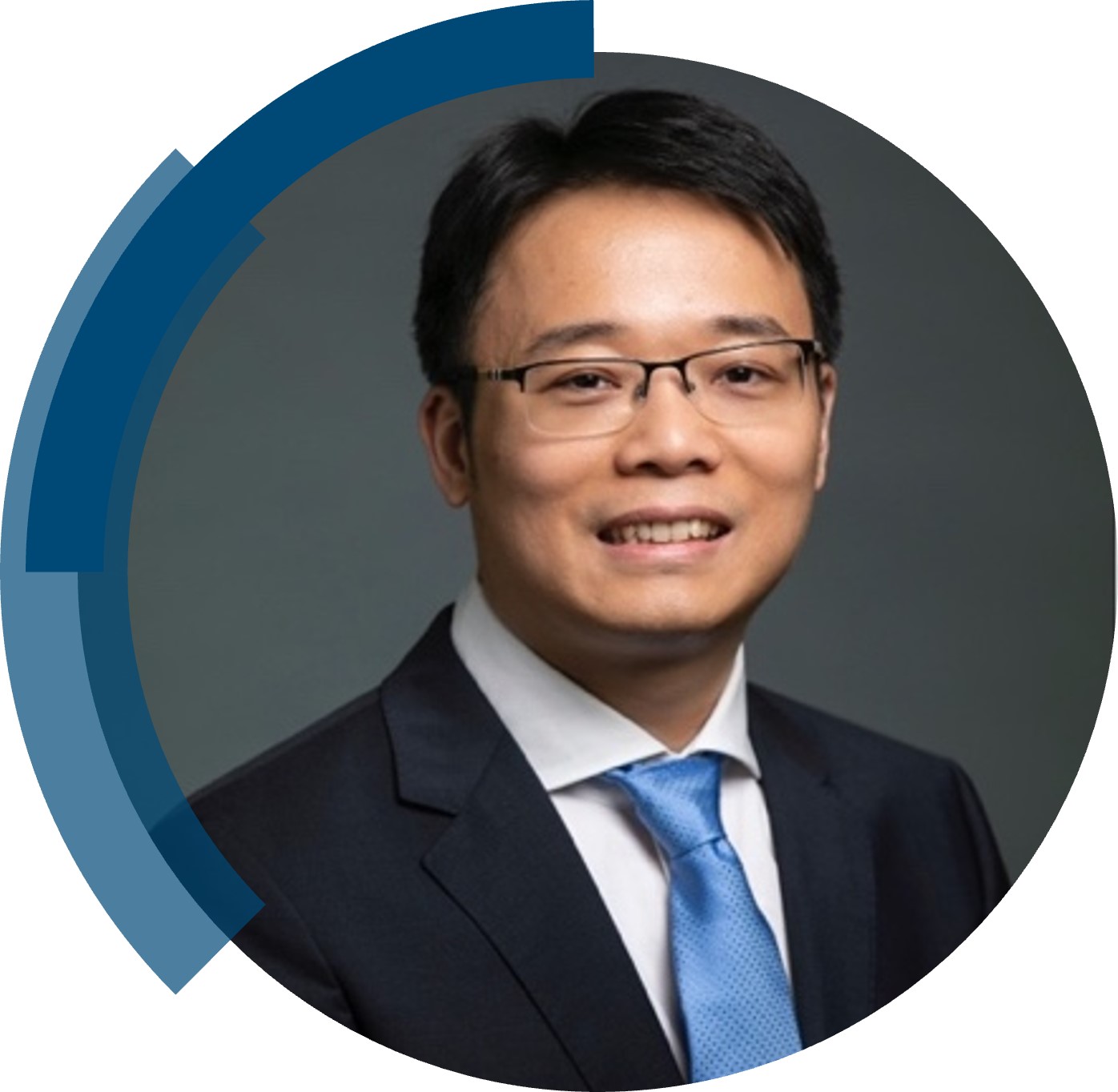 |
Dr. Chao Luo joined the Department of Chemical, Environmental and Materials Engineering at the University of Miami as an Associate Professor in Spring 2024. Before joining the University of Miami, he was an Assistant Professor at the George Mason University and promoted to Associate professor in Summer 2023. He completed his Ph.D. and postdoctoral studies at the University of Maryland at College Park and obtained M.S. at the Chinese Academy of Sciences and B.S. at the Wuhan University. His research focuses on developing low-cost, sustainable, and environmentally benign organic materials, polymers, carbon materials, and electrolytes for lithium-ion, sodium-ion, potassium-ion, multivalent, and redox flow batteries. He received support from National Science Foundation (NSF), national labs, and industry to develop advanced organic electrode materials and electrolytes, as well as gain fundamental insight into the structure-performance correlation in organic batteries. He is the recipient of NSF CAREER Award and recognized as an emerging investigator by Journal of Materials Chemistry A and Chemical Communications. |
How have you seen ChemComm evolve over the years, and what aspects do you find most noteworthy?
ChemComm is a journal that publishes urgent chemical science papers in every aspect of chemistry. The most noteworthy aspect for me is that I can always find the papers with new organic/polymeric structures and innovative ideas for battery research in ChemComm. It motivates and inspires me for developing and exploring new battery chemistries.
What is your favourite thing about ChemComm?
My favourite thing about ChemComm is that the short abstract and communications help me quickly understand the core values and results in the publications.
In what ways do you think ChemComm stands out among other journals in your field?
ChemComm publishes concise communications with new chemistries and structures.
How would you describe the peer review process and interaction with the editorial team at ChemComm?
The peer review process and interaction with the editorial team at ChemComm is fast, efficient, and satisfactory.
Are there ways in which the journal can further support and engage with future generations of scientists?
I think ChemComm has done a great job in the support and engagement of future scientists. The journal may invite more postdoc and assistant professors to publish their work as communications, highlight, or feature articles.
Could you provide a brief summary of your recent ChemComm publication?
In our recent ChemComm publication (https://doi.org/10.1039/D4CC01479K), we reported a bipolar polymer cathode material bearing n-type azo group and p-type amine group for sodium ion batteries. The polymer cathode exhibits high performance in sodium ion batteries in terms of high redox potential and long cycle life. We demonstrated the importance of azo groups as both redox-active sites and linkers in the polymer to increase the porosity and reactivity, enabling higher capacity, cycling stability, and Coulombic efficiency. This work not only reports a new polymer cathode but also offers structure design rationale for redox-active polymers in sodium ion batteries.
In your opinion, what are the next steps or potential areas of research that could build upon the findings in the paper?
Organic sodium ion batteries are promising alternatives to lithium-ion batteries due to low cost and high abundance of organic and sodium resources. Our work provides a rational structure design strategy by combining multiple bipolar functional groups in the repeating units of porous polymers to improve their electrochemical performances. This will attract and motivate the research toward the development of high-performance polymer cathodes for affordable and sustainable sodium ion batteries.
Be sure to read Chao’s article, “A bipolar polymer cathode for sodium-ion batteries” to learn more!













